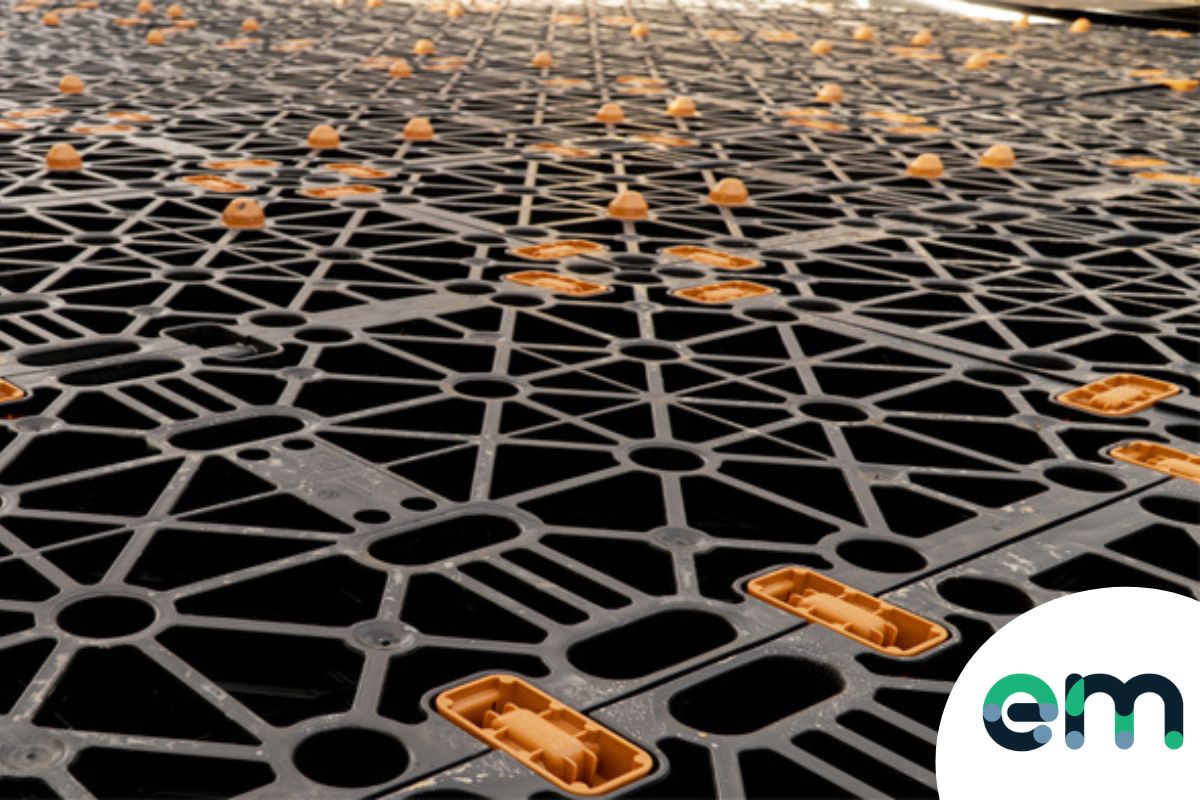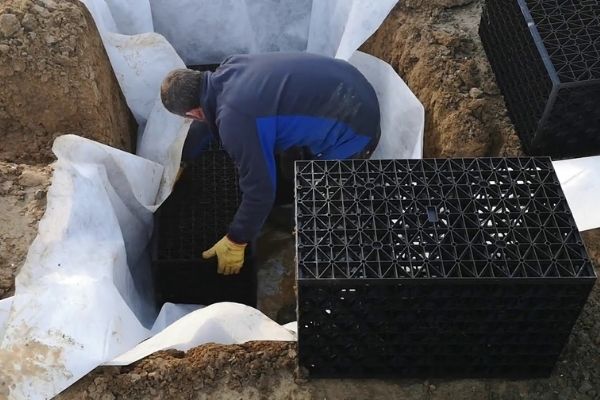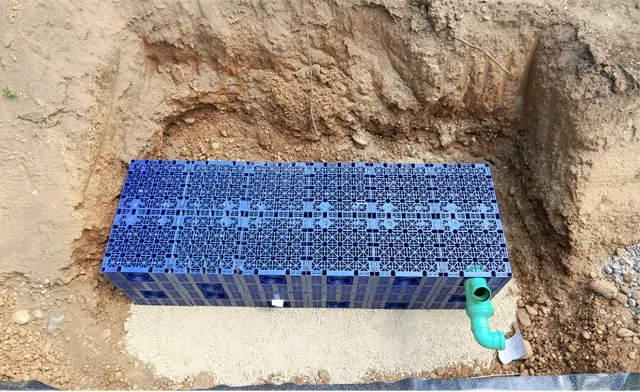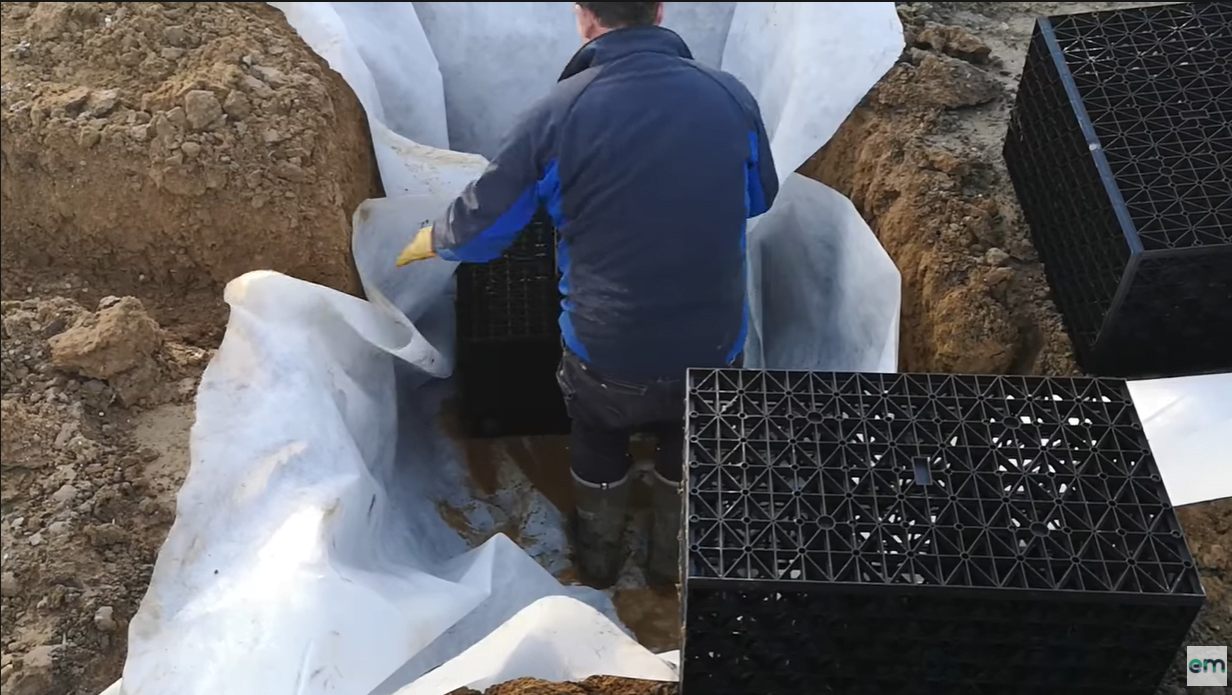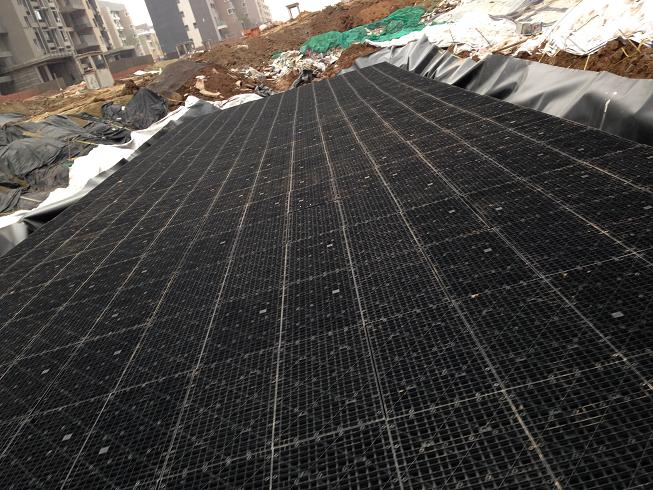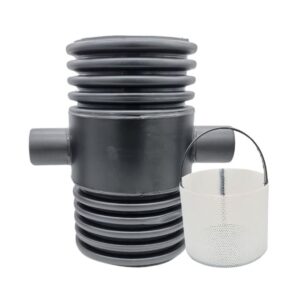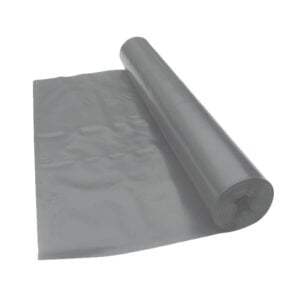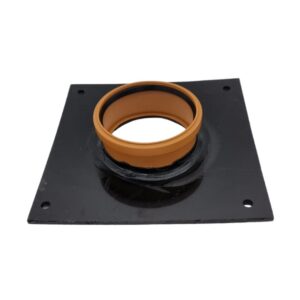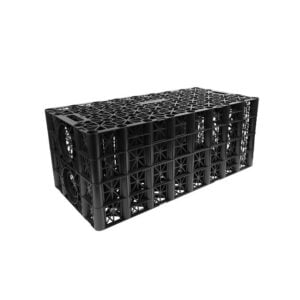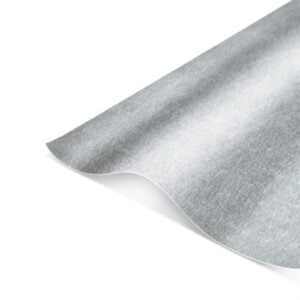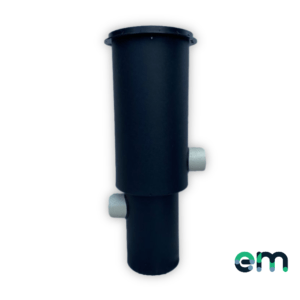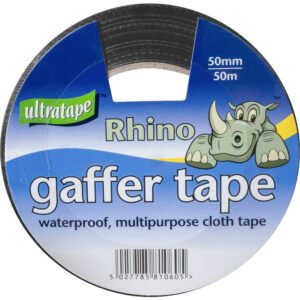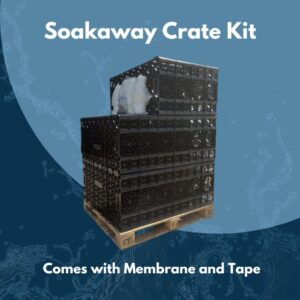No products in the basket.
Blog
Are Soakaway Crates a Better Option Than Rubble?
One of our best selling and trusted products that we stock and always recommend to customers with standing water problems are soakaway crates. They are a great method of drainage for landscaping and construction projects and are a product that you must not overlook. Whether it is going beneath you garden or a car park you can get in contact with us and we will help you find what’s right for you.
In this guide we are going to be going over something that may crop up in your mind when fitting a soakaway system and that’s, are soakaway crates a better option than rubble? There are a few different points worth going over before you come to a final decision on this. These might include questions about what each of the systems are, which is a better long term solution and which is more durable. Well, keep reading to find out the answers to questions like these among more important information that you most definitely won’t want to gloss over before deciding on which outdoor solution is best for you.
The soakaway crate and the rubble soakaway system
Before we go into any detail, let’s lay down the foundations of this blog and a good place to start is by knowing what a soakaway crate is and what a rubble soakaway system is.
A soakaway crate can be identified as a plastic crate that lets water filter through the soil at a rate where there is no standing water. Meaning that standing water won’t linger long enough to create a problem such as putting too much pressure on the underground drainage pipe systems.
Drainage crates have a plastic framework that comes in different sizes. Inside of the plastic framework there is a grid-like formation which both creates a high tensile strength while allowing the water to pass through and drain away into the ground. The reason the crates are designed in this manner is because if the water soaks into the ground too quickly it will cause flooding, so the design makes it so that the water will soak away at a bearable rate and stop any clogging or build up that could cause problems down the line.
Next let’s go over what exactly a rubble soakaway system is. A rubble soakaway system is simply rubble that has been put into an excavated hole to create the same effect as a soakaway crate, in the sense that it is in place to slow down the filtration of water.
Hopefully, that clears up any confusion between the two systems. Now we can begin looking further into them.
Why would you need a soakaway system?
Most modern houses are located in urban areas, which means they are more prone to flooding than ever! If there is less permeable ground in an area, it will mean that the drains in this area will have to cope with more water than they are designed to. This can lead to flooding and burst pipes, which are largescale and expensive jobs that should be avoided completely.
Furthermore, in recent times, legislation has changed so that you can automatically connect drains to sewer systems, meaning that the need for a soakaway system of some kind is the perfect thing to get rid of standing water and avoid causing damage or breaking local rules.
The whole idea behind using a soakaway system is for it to be placed as part of a complete drainage system where surface water is a problem. You can think of it as an alternative drainage system that takes the pressure away from the regular drainage system and allows the water to re-enter the ground at a weight that will stop overspill and a clog up of water in a yard, garden or urban area.
What are the benefits of using soakaway crates compared to rubble?
Now its about time we went over why it would perhaps be better to opt for the crates as a pose to the more traditional method.
Working to a deadline
The first thing to take into consideration is how much time a traditional soakaway crate takes to build as compared to using crates. When creating a traditional soakaway system you have to think about the process. To start with, you will have to excavate the area and then transport the heavy rubble in before putting it into the excavated area. This can be time consuming which, is not the case with the drainage crates. If you use soakaway crates, they are very light weight, making them easy to manoeuvre and they can be placed in whatever arrangement works best for your job, making it easy to remain in control of the area that you are trying to keep clear of stagnant water.
So, in terms of saving time, the crates are definitely the smarter option and will save you money on labour costs and time in general on your project.
Are soakaways a long-term solution?
Now you are probably thinking that it’s all well and good, that the crates are light weight and easy to manoeuvre, but how reliable are they for a long-term solution?
Rubble soakaway systems were most of the time put in place as a temporary measure and were not designed to be a long standing drainage method. This is primarily because, over time, silt and dirt can be pushed into the soakaway and end up blocking up the gaps that the water is supposed to pass through. What happens as a result of this is standing water begins to build up once again!
If you use a soakaway system, you can rest easy knowing that it will last longer and offer more reliability in dealing with stormwater, as it won’t clog with silt and dirt because the crates are wrapped in non woven geotextile membrane, which stops this from happening but still allows water to permeate through to the soil. Furthermore, the design of the soakaway crates means that even if sediment builds up, there are far more avenues that the water can take to ensure that standing water is avoided and the excess water is ultimately gotten rid of.
How sturdy will the soakaway be?
Soakaway crates are built to be able to cope with heavy loads due to them being used for all different kinds of projects. However, the different types of crates have different load ratings, so you must take this into account for your project. For example, if you are building something such as a car park in a busy area, the crate will have to be able to withstand the pressure that will be above it and if you choose the right crate, this won’t be a problem! You may opt for something such as the Hydrocell soakaway crate 62 ton. If you need something else that is not as heavy duty, try our geocell drainage crates!
On the other hand, the traditional soakaway method, which uses rubble, is not ideal because when large amounts of pressure are placed above the structure it will compress down, which takes away its drainage capabilities, meaning that it will not be as steady as the soakaway storage crates and is less reliable in this instance.
What would our advice be?
Based on all of the positives that come from using a soakaway crate system, we would recommend this almost every time. There are likely to be occasions where a traditional soakaway would be better, so if you are unsure, do not take our word for it, as we are not drainage engineers! Always look to seek the best advice possible. However, based on the information we have gone over in this blog post, you should have better knowledge to approach the job with!
Important points to bear in mind!
Below we have provided a list of things to remember and that may be useful to you.
- A soakaway crate system must not be installed closer than 5 meters from the building/roadwork/project. This is a strict regulation part of the H3.
- Your project may involve hard landscaping, so, you may want to have a sustainable urban drainage system for surface water. This means that collected water can be re-used where possible.
- Check out our other soakaway blogs here for more information.
- Make sure to use the correct pipework and underground pipe fittings with the given crate system too.
- You can call or email us with any soakaway related questions on 01371 850 120/Sales@easymerchant.co.uk.
- For working out areas or if you have any technical questions, you will have to speak to a drainage engineer.
Shop Soakaway crates:
(28)
From £228.03 Excl. VAT
